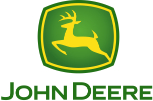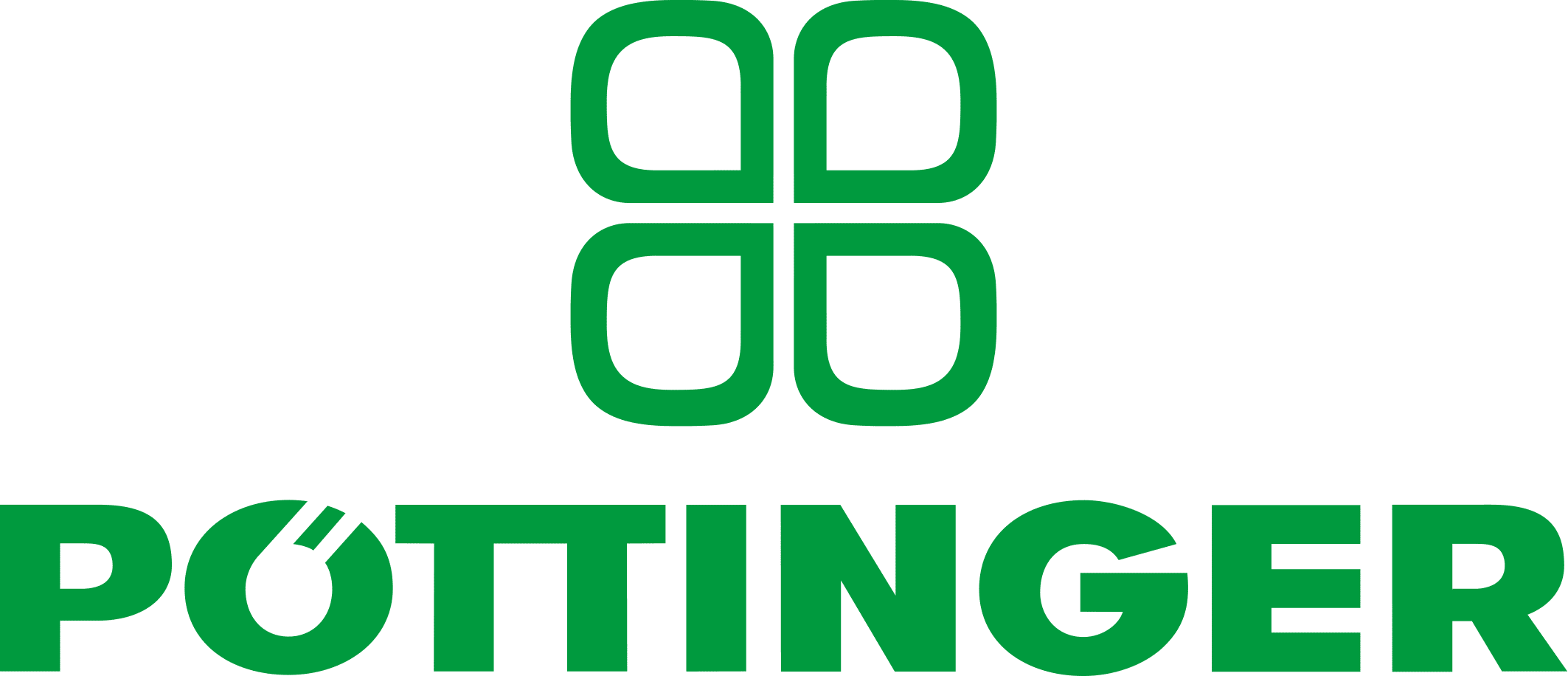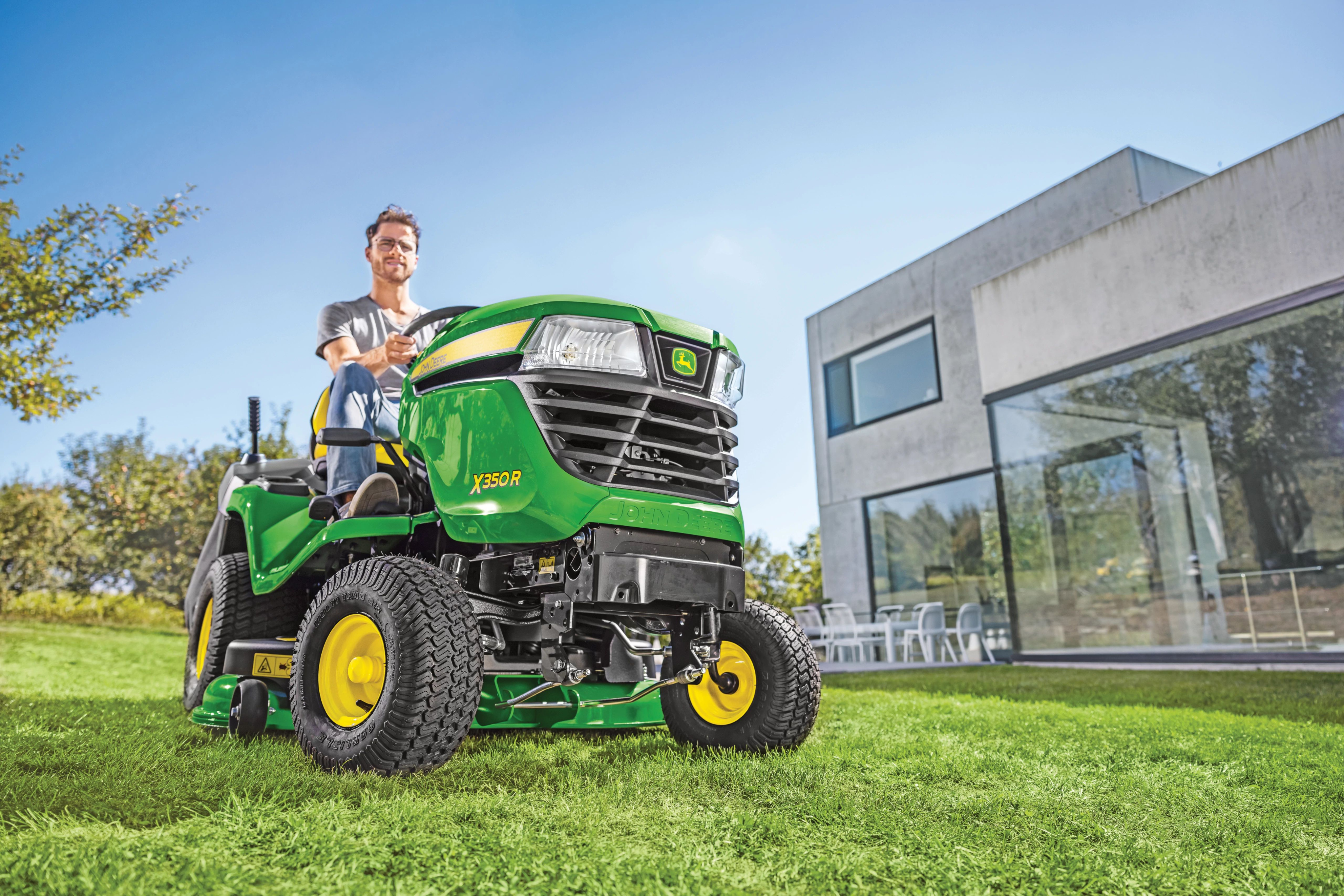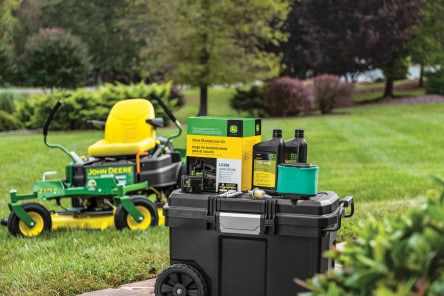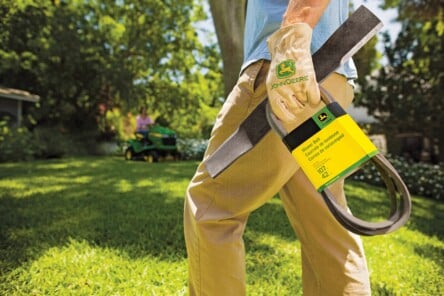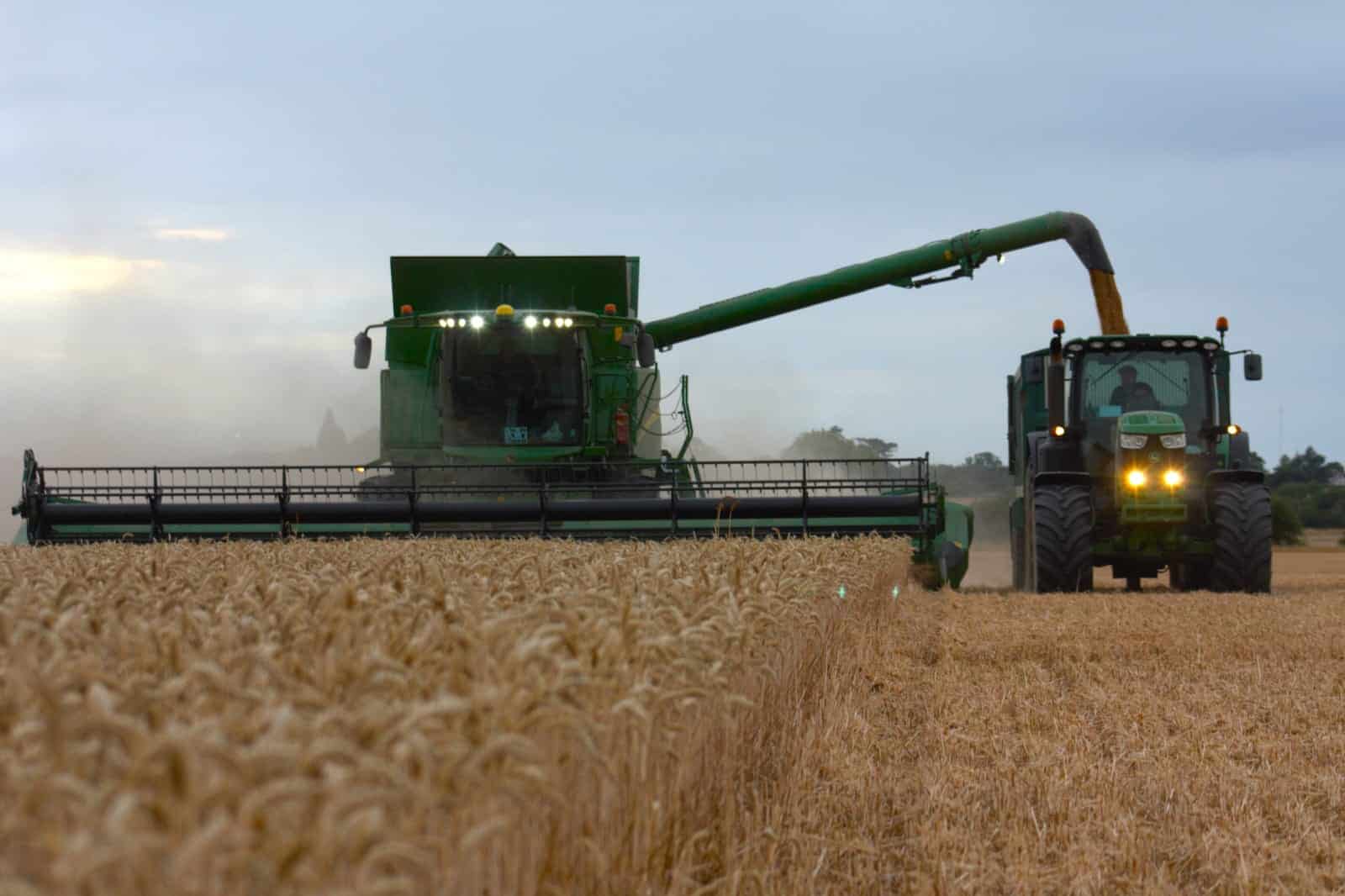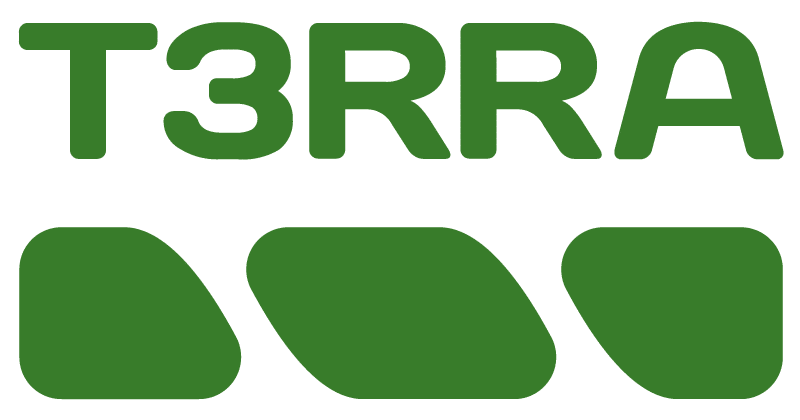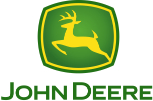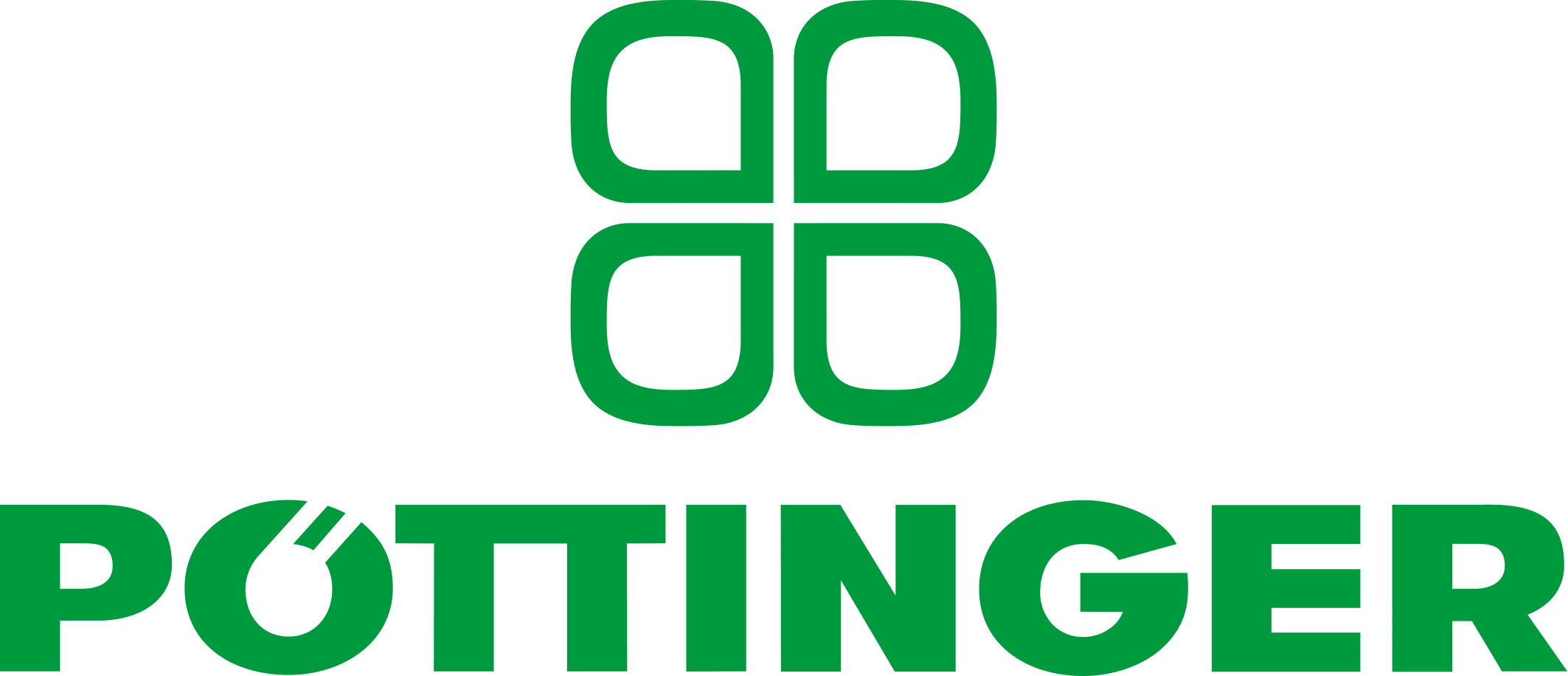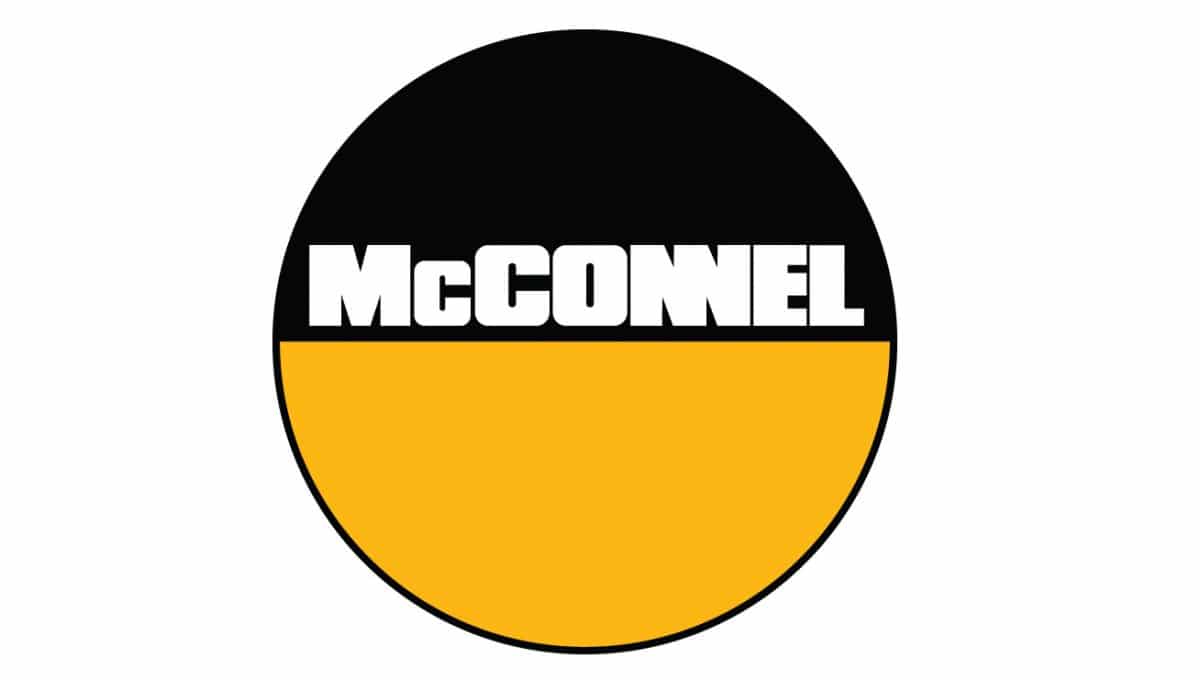As harvest rolls around again, although somewhat earlier this year, we caught up with Kris Grzelak, Farm Manager at Tuckwell Farms on how harvest 2022 is going so far.
How is harvest season 2022 going so far?
This year has been the earliest harvest that I’ve ever been involved with, I have never known the majority of our wheat to be cut in July, it’s been an extraordinary year! As of today, 1st August 2022, we have around 4 days of combining left, which is unheard of for this time in the year. The intense heat we experienced posed a massive risk this harvest with fire hazard, so this is something we had to be extremely conscious of.
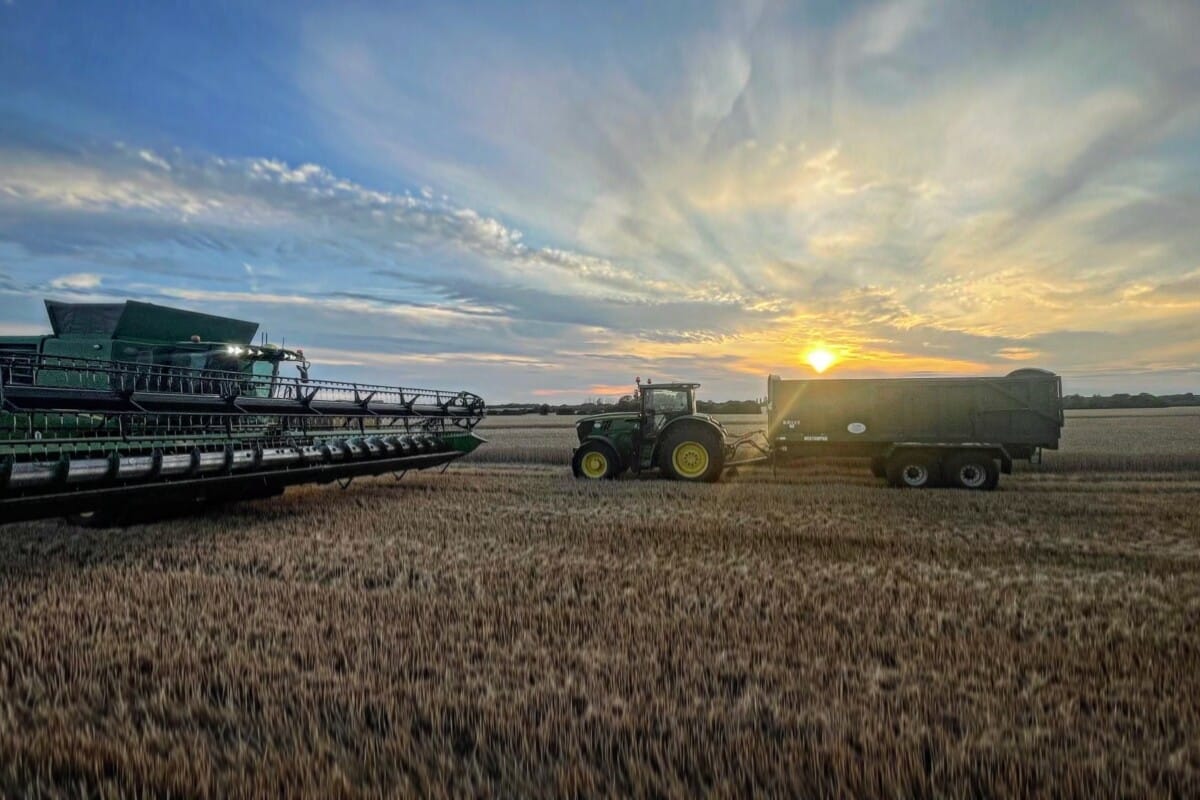
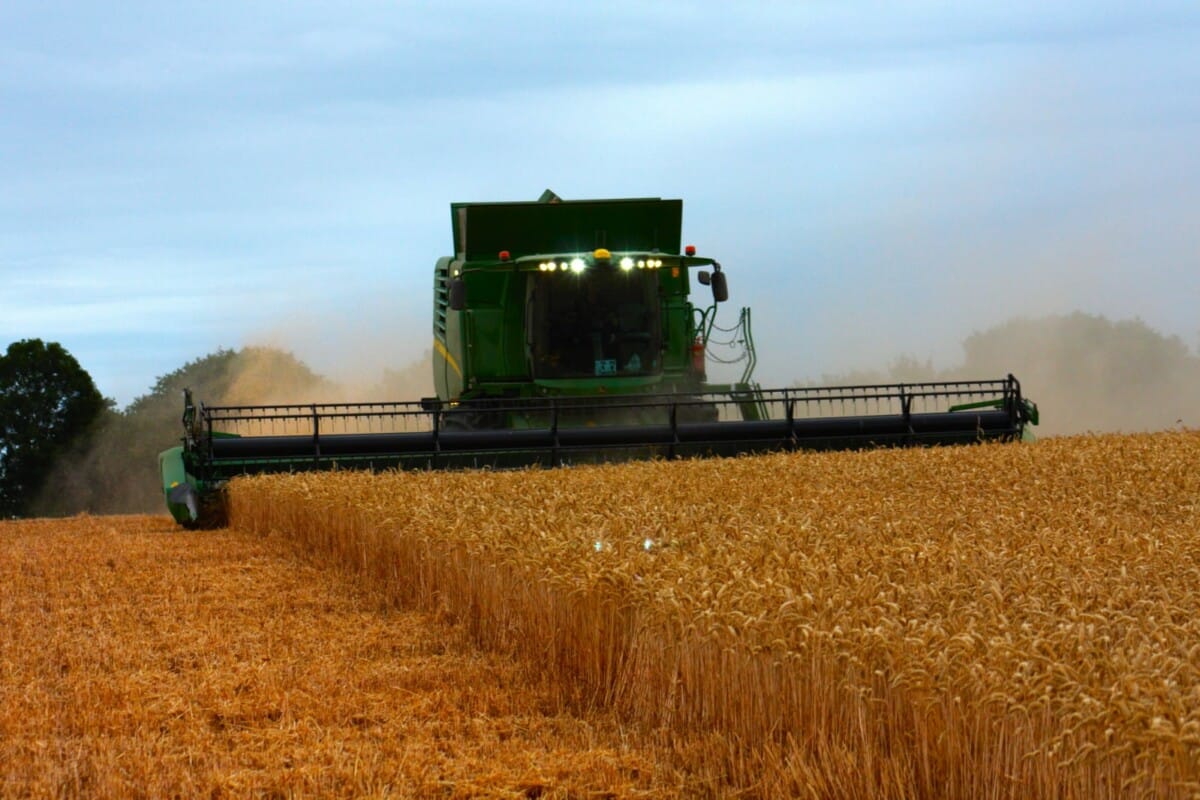
What crops have been grown this year? Were there any changes from last year?
We grew the same crops as last year, oil seed rape, peas and wheat. The oil seed rape was fairly average, yielding about 3 tonnes a hectare. Peas have really surprised us this year. They are a spring sewn crop, which makes it more susceptible to the drought. However, the best field yielded 5.5 tonnes a hectare, the lowest yielded around 4 tonnes a hectare, so we were really pleased with this.
What are yields like this year?
Yields have been good considering the lack of rain we have had throughout the season. We have had some exceptional yields, some average yields and some poor yields, but on average across all of the crops, I am happy with the results this year, sitting slightly above the farm average. We will be sending some seed samples off soon to establish the quality, looking at protein levels and whether the seed crop is going to make seed specification.
What machinery are you operating this year?
The only change we have made this year to the fleet on Tuckwell Farms is the combine, we had a fresh John Deere T670 for this harvest, which is the same model we had last year. The only thing we changed this year is the light package on the combine to the LED lights, which is fantastic. The only other difference is the header. We have gone for a 30ft flex draper, which has shown early signs of improved output of the machine. I’m hoping for about 10-15% increase in output.
We are really pleased with the machine’s performance so far. With the T670 combine we knew we were going to get a reliable machine with outstanding performance, offering cost effective harvesting on our acreage.
How has the Precision Ag technology benefitted you this harvest?
All of our machines are now connected, all having JD link as standard. This means that the data that they are collecting in the field is sent back to the operations centre, allowing me to have all that data on my phone. This data ranges from fuel usage, machine output, fuel levels, and various other data that the machine is collecting. It also shows me any fault codes that arise, so if there’s an issue, I know about it straight away. It’s great that I can see our yield maps within seconds of the machine leaving the field. We have every bit of data at our fingertips, making the whole management of the fleet seamless, which is key to a smooth and successful harvest.
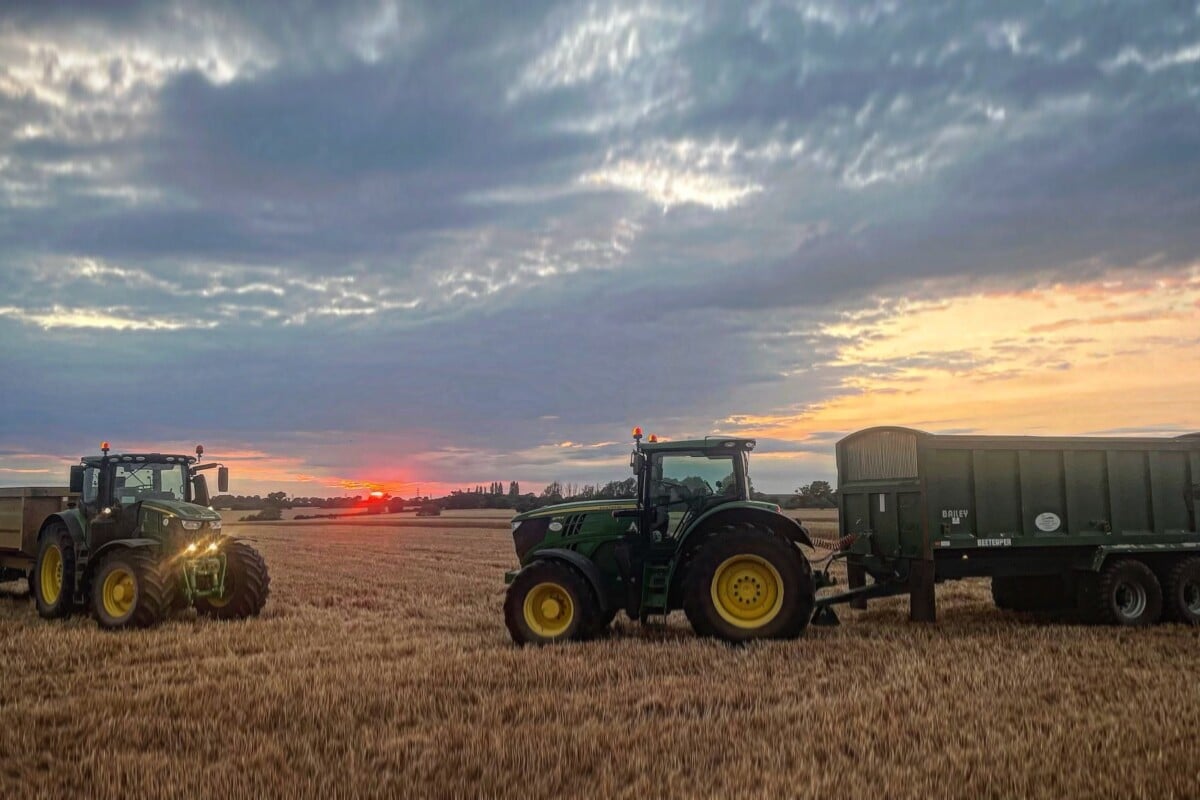
What are the next steps on the farm as harvest comes to an end?
Next week, once we have completed harvest, we will start drainage work. We use the T3rra software to install our own drainage on the farm. We won’t be doing any cultivating until we have some rain! The ground is currently in fairly good condition because the weather has structured the soil for us.
Our biggest worry moving forward is planting oil seed rape. We have got 135 hectares that we would like to put in. However, with no moisture, drilling isn’t possible until we see a few inches of rain, which isn’t looking promising! There’s a period in August and early September where there is a much higher risk of flea beetle damage, so as things stand, we are potentially looking at drilling in early September, coming with higher risks moving into the winter as smaller plants are more susceptible to pigeon damage.
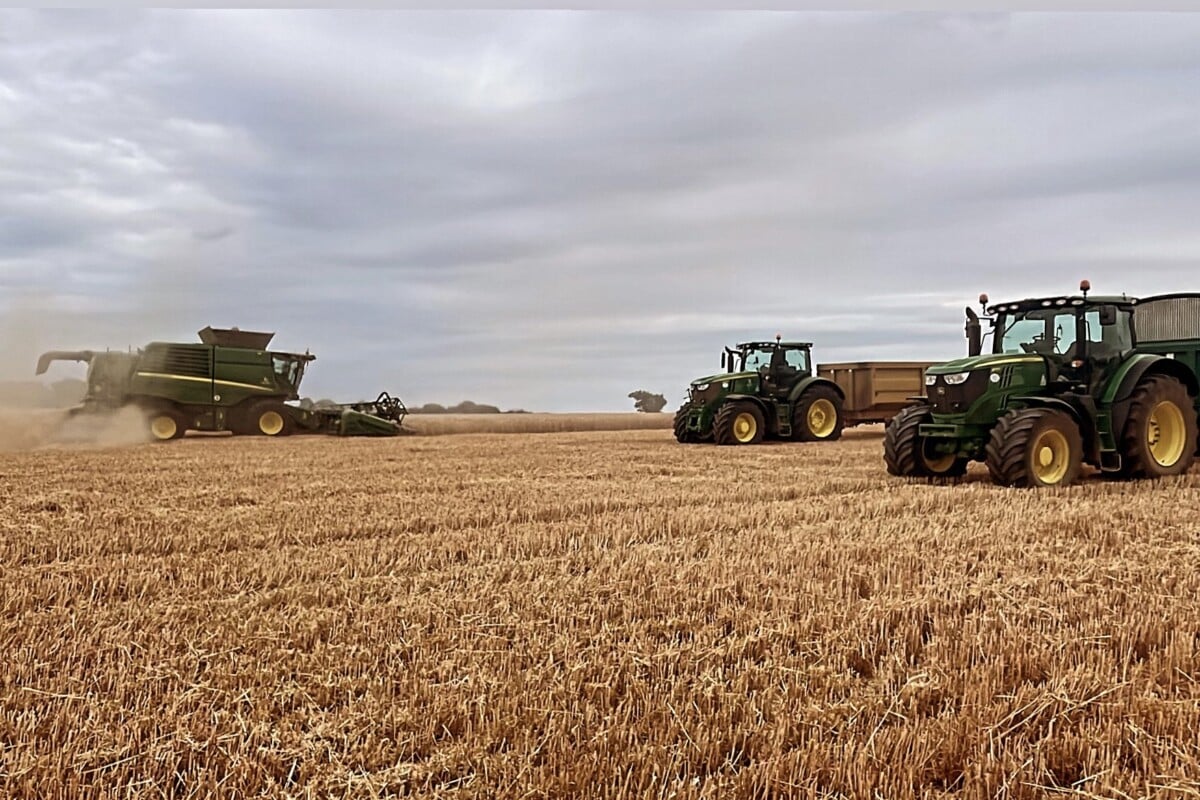
Photos taken by Steven Richards and Will Lawrence.

